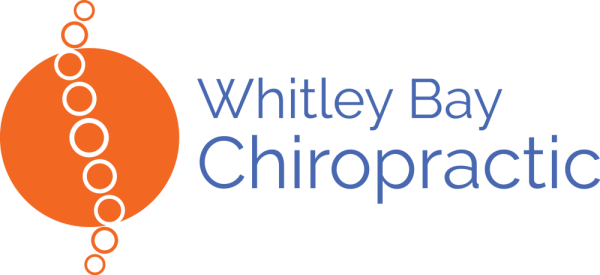How to get rid of plantar fasciitis!
Recent research on soft tissue treatments for plantar fasciitis (PF) has been good news to those looking for a solution.
Health care providers who use therapy and exercise to help patients please like Manual Therapy UK for more great content!
What is the best way to treat Plantar Fasciitis:
- Myofascial Release
- Strengthening Exercises
- Foot arch mobilizations
Research- manual therapy for PF:
- The 2014 American Physical Therapy Association Guidelines for Plantar Fasciitis – found strong evidence that manual therapy, exercises, taping, and night splints were effective.
- Studies in 2014 and 2007 found myofascial release of the calf and plantar fascia more effective than just conventional therapy.
- 2015 study – Myofascial Release effective in treating PF.
- 2015 study – mob / manips are effective in increasing ankle dorsiflexion
- 2014 study compared deep calf massage plus stretching and neural mobilization to ultrasound therapy plus stretching. Massage / neural mobilization yielded much better results.
- 2011 study – trigger point therapy plus self-stretching resulted in superior short-term outcomes as compared to a self-stretching program alone.
Does prolonged standing cause PF?
Maybe!
A 2015 review of the literature of the topic found, “low-quality evidence of an association between PF and weight-bearing tasks such as walking and standing on hard surfaces”.
It is better to do strengthening exercises rather than just stretching the calf and foot.
Until recently stretching was considered the best way to help get rid of plantar fasciitis. A 2014 study found that a calf lowering exercise (adding weight to a backpack as the condition got better) (video) to be better than specific plantar fascia stretches. Check out the study for pictures. I recommend an exercise similar to the video first, before progressing to the calf lowering.
Many therapists only target the deep calf muscle, which is usually not the culprit.
Treatment and stretching exercises should focus on the outer calf muscle (the gastrocnemius) in isolation, and in combination with the deeper soleus. A 2011 study found that the gastrocnemius is tight in 57% of PF cases, the gastroc /soleus in 26%, and 17% had normal ROM. ART of the calf is often important in resolving heel pain, a 2014 study found deep calf massage helped reduce heel pain symptoms. Take away message, treat the gastroc with ART, foam roll it and do some stretching after.
Stretching program and foam rolling.
A non-standing stretching program may be more effective than standing calf stretches. An at-home frequent seated stretch is worth trying for those with heel pain.
A 2014 study found a contract – relax stretch effective to stretch the outer calf muscle.
Foam rolling before static stretching has been shown to work best to loosen the hip, try foam rolling of the calves, followed by some traditional static (20 to 30 seconds without moving). The beginning of this video shows you how to foam roll the calves.
Health care providers who use therapy and exercise to help patients please like Manual Therapy UK for more great content! Plus details on workshops I give on Plantar Fasciopathy, Achilles Tendinopathy, and Tennis Elbow.
Articles I wrote or contributed to:
Telegraph The ART of Active Release Techniques for Injuries
STACK New Age of Golf Training is Creating Stronger and More Athletic Golfers
Athletics Weekly Performance Therapy for Greg Rutherford
220 Triathlon ART- How is it different from sports massage
Vigour Magazine ART can release tight muscles to improve performance
Progenex ART for CrossFitters
FIT Institute Research based hamstring therapies
TPI What Performance Therapy Looks Like For Top Golfers
Podcasts I was on:
